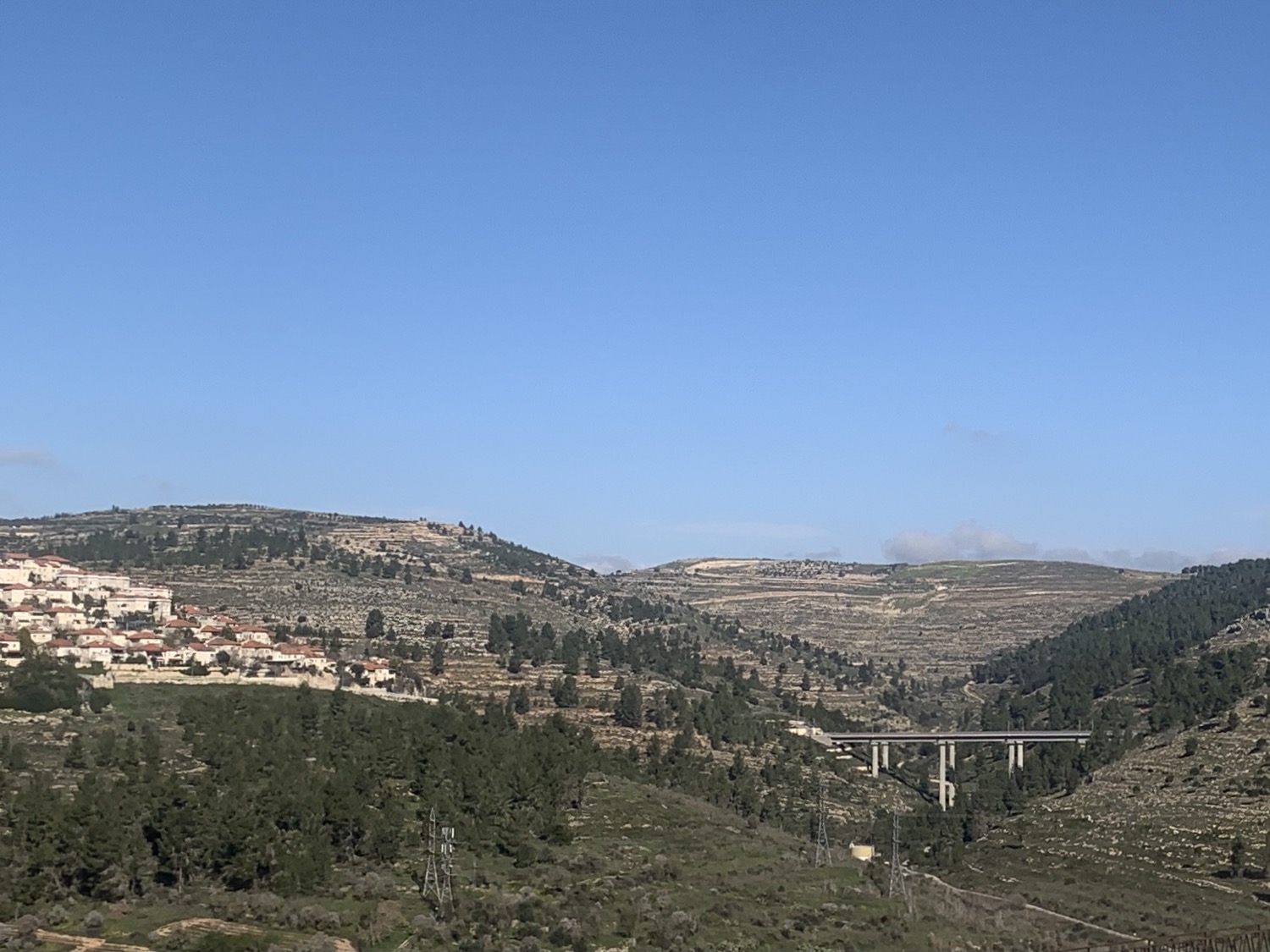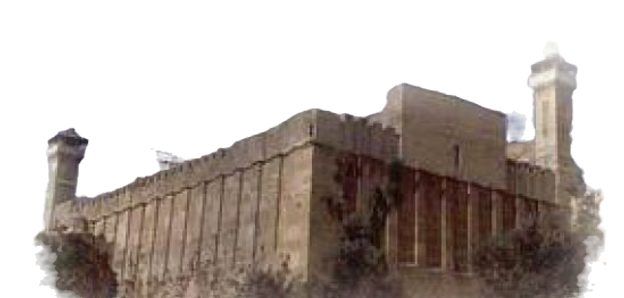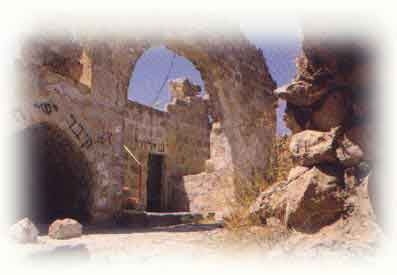Beit Hadassah
- צבי הורביץ

- May 31, 2023
- 2 min read
The building in the 'Beit Hadassah' neighborhood was built in 1893, with funds raised by Rabbi Harif, and it was used as a healing home and was then called "Hesed Lavraham". In 1912 another floor was built and later a clinic of the "Hadassa" organization was opened there. There, medical treatment was provided to all, Jews and Arabs, free of charge.
Life in the neighborhood with the Arabs was excellent back then. Swapping things when the second one is missing or looking after the Jewish baby when the parents are not in the area, these are just some of the examples that can be used to describe the fabric of good relations and trust that the Jews and Arabs who lived together in a very good neighborhood had.
All this turned upside down in one fell swoop. In 1929, the Arabs attacked the Jewish homes, the pharmacist Ben Zion Gershon and his family were tortured to death and the Hadassah Clinic was destroyed.
After disturbances, the rest of the Jews were expelled from Hebron by the British authorities.
An Arab school for girls was opened in Beit Hadassah and later the building was handed over to UNRA (the refugee relief agency under the United Nations).
With the liberation of Hebron by the IDF in the Six Day War in 1967, attempts to return to Beit Hadassah failed.
In 1979 a group of women and their children settled in Beit Hadassah in the middle of the night. The authorities could not take them out due to a law that prevented them from doing so. Hanshin and their children lived in Beit Hadeshab for about a year without their spouses and in extremely difficult conditions.
On the eve of Shabbat the 17th of Iyer 1980 (1980), the terrorists murdered six young men who came, as was their custom, every Shabbat eve to dance and make the besieged women of Hadassah happy. Following the incident, the government decided to allow Jews to live in Hebron.
A museum for the history of the Hebron community was established in the Beit Hadassah building and, among other things, it has a commemorative room for the martyrs of 1975 and a sound-light performance "Touching eternity".





